[sudarshan] is a solar hobbyist and needed a way to cut solar cells for his projects. He had previously created a rotary tool saw but manually feeding them through was sketchy at best. With just a slight wrong movement of his hand or flex in the work surface would cause the cell to break. These cells are extremely brittle and break easily. He needed a method of cutting these cells that was free from jitters and would cut in a straight line. He looked around his junk bin and found an odd solution… a scanner. Yes, the type you would scan photos in your computer with. The scanner had two critically important features, a flat surface and a carriage mechanism that moves perfectly parallel with that flat surface.
[sudarshan] made a solar cell cutting mini table saw with that scanner and made the cutting happen automatically. He mounted a motor with a diamond saw disk to the carriage, that is responsible for the cutting. The blade was positioned just high enough to poke through the plexiglass that replaced the original glass bed. A power switch turns on the cutting disk motor and an Arduino was used to move the carriage, including the cutting blade, back and forth. Two of the stock scanner buttons were reused and wired to the Arduino to keep the saw looking good.
The first few passes of the saw were done to cut a slot in the plexiglass. In order to cut a solar cell, the cell is taped to the bed with the desired cut location aligned with the slot in the plexiglass bed. Once everything is set, hit the ‘go’ button and the saw blade is slowly pushed through the cell, leaving a straight, clean cut.
Continue reading “Automated Table Saw Cuts Photovoltaic Solar Cells”

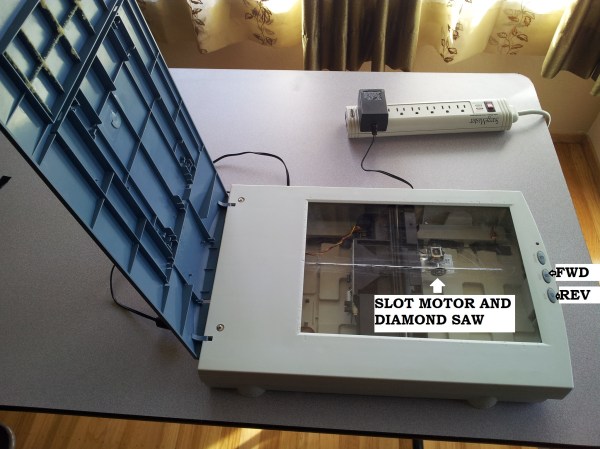

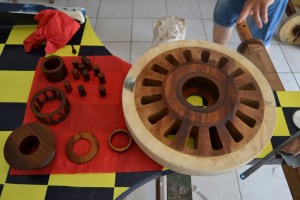 The course also includes full-width obstacles like hay bales. Teams are divided by community or “contrada”, and it was [Alessio]’s team captain who came to him with the special request of roller bearings. Unable to find evidence of other wooden bearings, [Alessio] knew he would have to invent them himself – so he did.
The course also includes full-width obstacles like hay bales. Teams are divided by community or “contrada”, and it was [Alessio]’s team captain who came to him with the special request of roller bearings. Unable to find evidence of other wooden bearings, [Alessio] knew he would have to invent them himself – so he did.
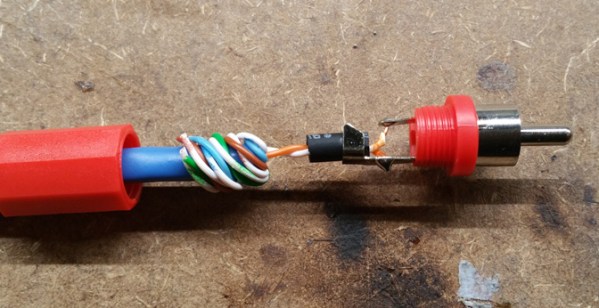
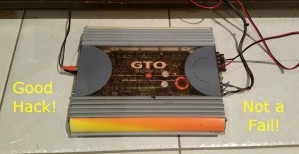
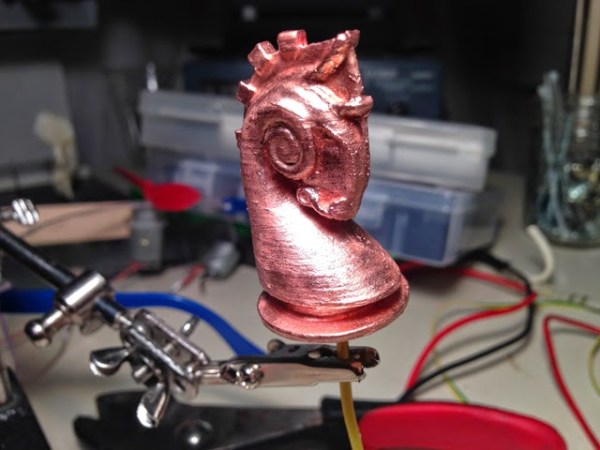

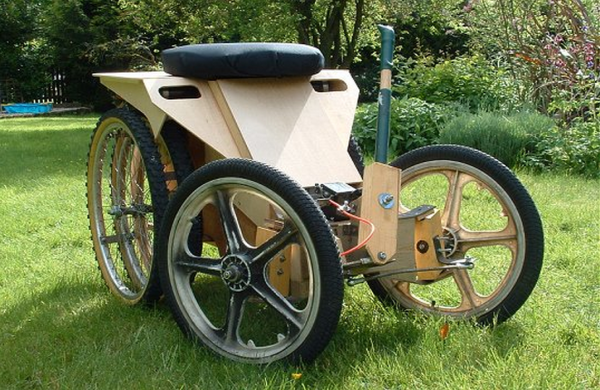
 [Ian] likes to build small Electric Vehicles and his most unique project is certainly this
[Ian] likes to build small Electric Vehicles and his most unique project is certainly this 









